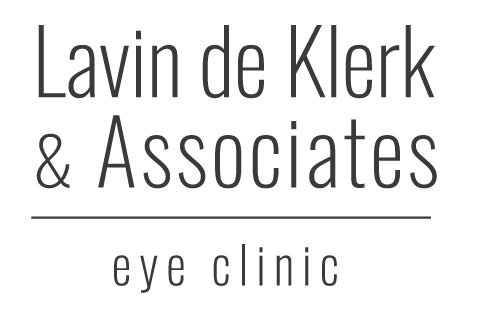Essentially, refractive surgery is surgery on the eye to alter the way it bends light in order to create a clear image. Light enters the eye through the cornea, the clear window at the front of the globe which bends the light initially inward, then passes through the pupil. Behind the pupil is the natural lens which bends the light inward further so that by the time it reaches the back of the eye and hits the retina, a focused image should be created.
Myopia (short sightedness) – when the final focus of light is too far forward, for instance if the eye is longer than normal. Near objects appear clearer than distance objects.
Hyperopia (far sightedness) – when the final focus of light is too far back, behind the retina. This is normally due to an eye that is smaller than normal. Distant objects are easier to see things that are close. Note that the eyes of children and young people can often compensate for a mild to moderate amount of hyperopia because the lens inside the eye is still flexible.
Astigmatism (distortion in the optics) – when the optics of the eye are distorted so that light passing through it creates a line focus rather than a point focus. This is corrected with ‘toric’ lenses, either incorporated into the individual’s spectacles or worn as a contact lens on the surface of the eye. A toric lens can be thought of as ‘rugby ball shaped’.
Presbyopia – the technical term for loss of flexibility of the lens inside the eye due to ageing, which occurs in everyone around the age of 50. This is why older people all need reading spectacles if their distance vision is brought into clear focus. The ageing eye completely loses its ability to adjust focus internally.
Mr de Klerk offers a number of refractive surgery solutions aimed at reducing the need for spectacles. If you would like to find out more, and hear what the best option would be for you, please contact us to arrange an appointment.
Office address:
PO Box 942,
Altrincham,
WA15 5RB
Contact details:
Mrs Louise Ayre – Practice manager
Phone: 0161 927 7322
Email: la@mrlavin.co.uk
